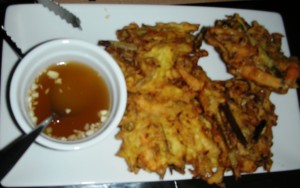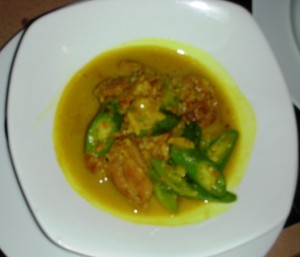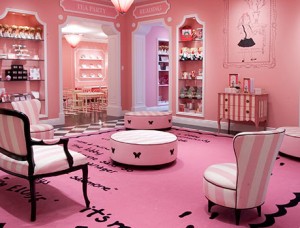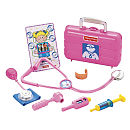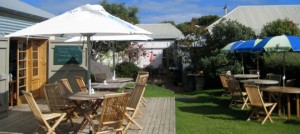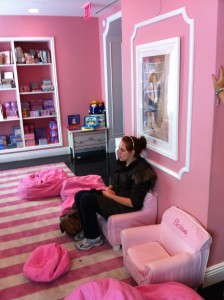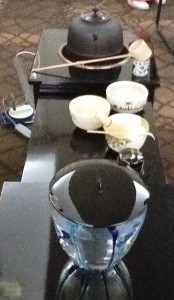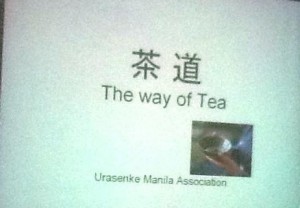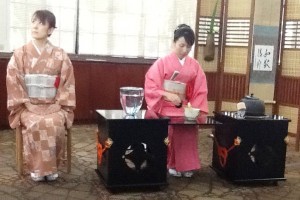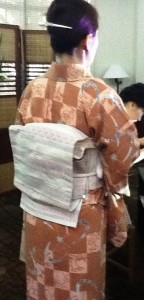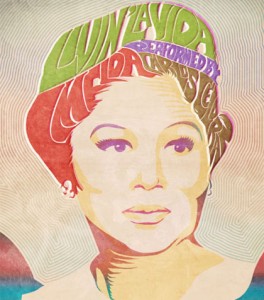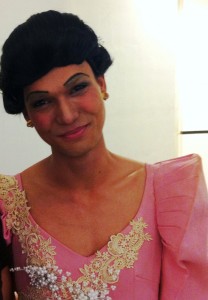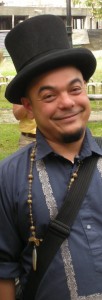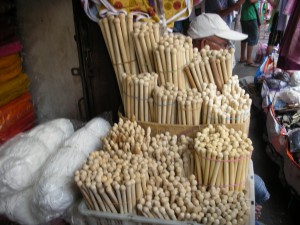 Wednesday 25th April, 2012. ANZAC Day. The 2012 Commemorative Dawn Service.
Wednesday 25th April, 2012. ANZAC Day. The 2012 Commemorative Dawn Service.
The Tomb of the Unknown Soldier, Heritage Park, Manila
They shall not grow old as we that are left grow old. Age shall not weary them, nor the years condemn. At the going down of the sun, and in the morning, we will remember them.
From Laurence Binyon’s poem “For the Fallen (1914)
I am ashamed to admit I had never attended a dawn service before last year. Until I was well into adulthood, I couldn’t even have told you the date of this annual service of remembrance.
Last year, as part of the Australia New Zealand community in Manila it was suggested I should go along. ‘Why not?’ I thought. Manila has been full of firsts for me, this would be another one. Also, I had recently found my grandfather ‘s name in the War Memorial in Canberra, so it seemed fitting. Needless to say, two teenage boys were less then delighted to be dragged from their beds at 4.30a.m. This year there were no tantrums. I think they surprised themselves, and quite enjoyed it. Well, many of their school mates were there too, and hadn’t forgotten the ‘Gunfire Breakfast’.
God was gently turning up the dimmer on the sunlight, and a few strips of cloud were blushing the colour of a blood orange as the dignitaries made their way to the front seats. Their Exellencies, the New Zealand, Turkish and Australian Ambassadors, and the Philippine Army Chief Chaplain sat side by side in the front row. A welcoming introduction from the Master of Ceremonies was followed by a slow, rather plodding version of Abide with Me. Yet, despite the tortoise-like pace, it still made the skin on my arms tingle and my eyes water. It was the time to reflect on the meaning of so many of those oft repeated words in this emotive service.
Abide with me is a song about dying: as the sunlight seeps from the sky, so does life from the dying man. And yet he is not afraid of death if God is with him. Abide is an old Middle English word meaning to wait for; to endure without yielding; to bear patiently; to acquiesce, or to accept without objection. As so many of those young soldiers must have done, as they waited on the brink of death, a simple sacrifice for their countries’ freedom.
Sacrifice is described as the ritual killing of something precious as an offering to a deity, or the destruction or surrender of something for the sake of something else. This year it really came home to me how many young men have offered themselves up as a sacrifice for the sake of security for their families and their homelands over the centuries. And, frighteningly, how close in age my boys now are to the lads who lay down their lives in all that bloody war at the beginning of the 20th century, from which I had previously felt so far removed.
ANZAC Day began as a commemoration of the soldiers – our young Australian and New Zealand men in particular – who died on the western coast of the Gallipoli Peninsula in Turkey. That appalling loss of life was somehow justified by the utterly amazing Anzac Spirit that shone through, and the battle that marked that pivotal moment when Australia and New Zealand became independent nations, rather than British colonies.
Over the past century ANZAC Day has come to include all those who ‘lost their lives in time of war and in the cause of peace.’
In the cause of peace, those countries, once sworn enemies during the Gallipoli campaign sat together on foreign soil, while a Turkish student from ISM read Ataturk’s now famous words of reconciliation, somehow even more poignant as the majority of those gathered here this morning also stand on foreign soil.
Those heroes that shed their blood and lost their lives… you are now living in the soil of a friendly country. Therefore rest in peace. There is no difference between the Johnnies and the Mehmets to us where they lie side by side here in this country of ours. You, the mothers, who sent their sons from faraway countries, wipe away your tears; your sons are now lying in our bosom and are in peace, after having lost their lives on this land they have become our sons as well.
Ataturk, 1934
These beautiful, generous-spirited words were followed by the wreath laying. I moved in for a closer view of the various groups gathering to place their wreaths at the foot of the tomb of the Unknown Soldier: a simple, graceful monument of 3 tall white marble pillars, each topped with a bronze star. Japanese, Canadian, Filipino, Turkish, Australian, American, New Zealander, veterans, school children, waited quietly for their turn to approach the pillars, laying the symbolic sacrifice upon the altar.
The last post was accompanied by a background chorus of birds that kept up their persistant chanting throughout the service. While the odd airplane thundered overhead, there was a prevailing sense of calm stillness amongst the watchers.





